New research from the University of Georgia supports growing evidence for airborne transmission of COVID-19 in enclosed spaces.
Category: Research Results
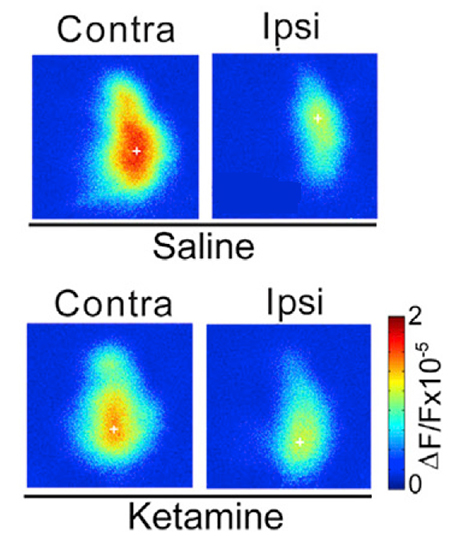
New study finds antidepressant drug effective in treating “lazy eye” in adults
In a new study, published in Current Biology, researchers from the University of California, Irvine School of Medicine reveal how subanesthetic ketamine, which is used for pain management and as an antidepressant in humans, is effective in treating adult amblyopia, a brain disorder commonly known as “lazy eye.”
Largest COVID-19 contact-tracing finds children key to spread, evidence of superspreaders
A study of more than a half-million people in India who were exposed to the novel coronavirus SARS-CoV-2, or COVID-19, suggests that the virus’ continued spread is driven by only a small percentage of those who become infected.
The Novel Role of Microglia as Modulators of Neurons in the Brain Is Discovered by Mount Sinai Researchers
Findings offer potential target for treating behavioral abnormalities associated with neurodegenerative conditions like Alzheimer’s Disease
Hydroxychloroquine No More Effective Than Placebo in Preventing COVID-19
Clinical trial shows health care workers in contact with COVID-19 patients who took hydroxychloroquine each day did not reduce their rate of infection

First look at a sustainable agricultural mulch
Sand particles coated in oil could help farmers hold more moisture in the soil

‘Street’ effective tax rates are more useful in predicting companies’ future tax outcomes, study finds
New research from the University of Notre Dame sheds light on the most effective methods to predict future tax outcomes, which simplifies the decision-making process for investors.
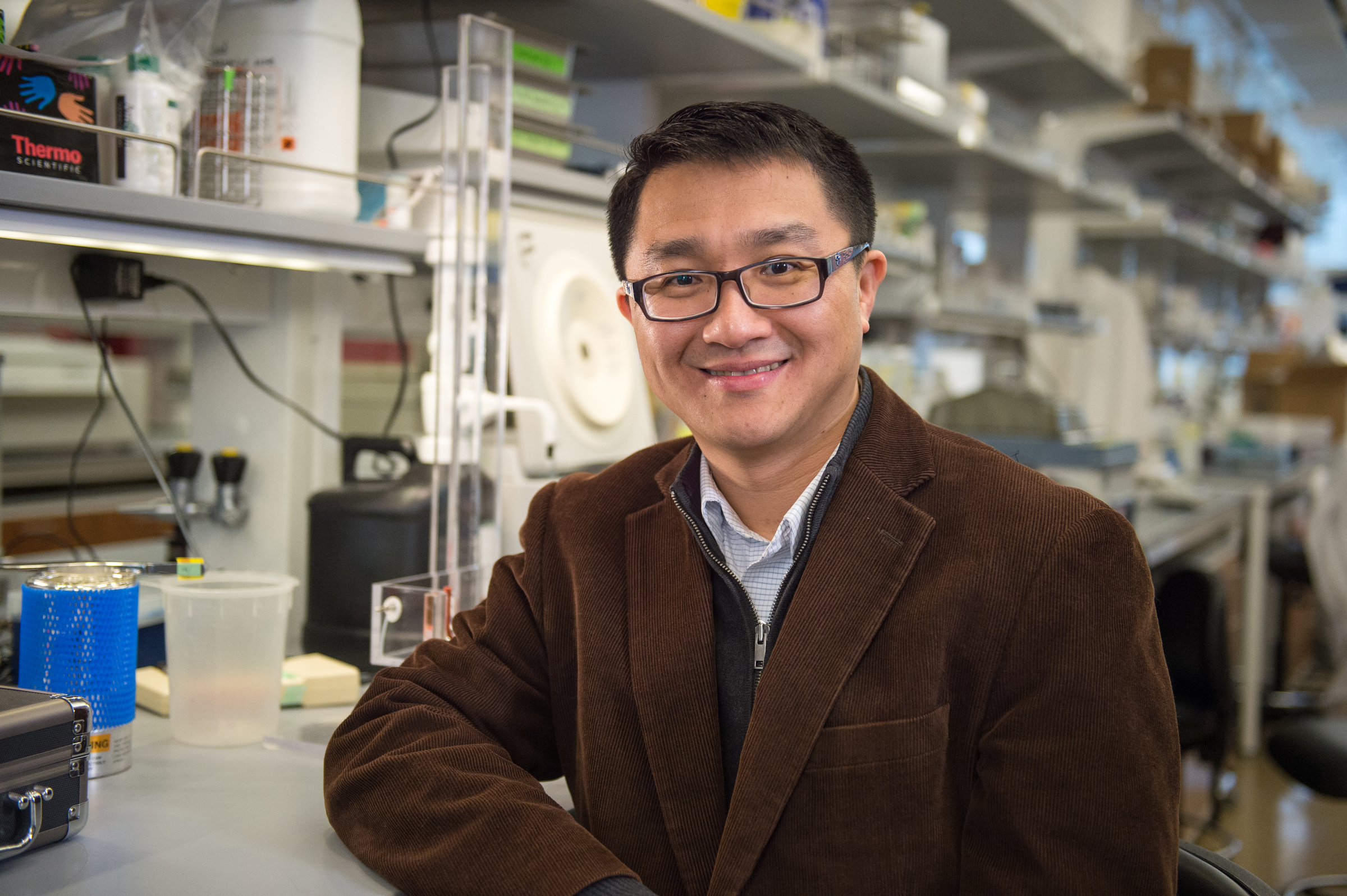
New Mechanism of Cell Survival in Chronic Lymphocytic Leukemia
Researchers at The Wistar Institute unraveled a mechanism employed by chronic lymphocytic leukemia (CLL) cells for their survival.
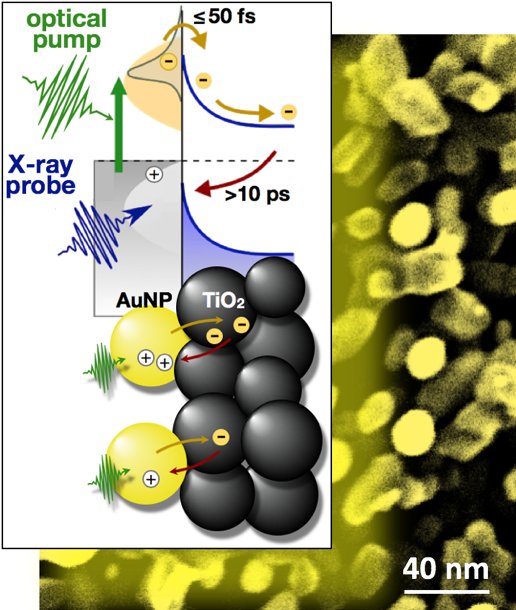
Scientists Capture Candid Snapshots of Electrons Harvesting Light at the Atomic Scale
A team of scientists led by Berkeley Lab has gained important new insight into electrons’ role in the harvesting of light in artificial photosynthesis systems.
Gene links short-term memory to unexpected brain area
A new study in mice identifies a gene that is critical for short-term memory but functions in a part of the brain not traditionally associated with memory.
Women and Racial Minorities are Marginalized in Trials of Medications for Alcohol Use Disorder
Women and racial minorities are seriously underrepresented in trials of medicines for alcohol use disorder (AUD) despite evidence that these treatments affect demographic groups differently. This is according to a review in Alcoholism: Clinical & Experimental Research, which may be the first to evaluate sex and racial representation in studies relating to the three pharmacological treatments approved by the Food and Drug Administration (FDA) for AUD. Previous research indicates that sex and race/ethnicity likely influence the prevalence of AUD, its risk of health consequences, and the effectiveness of treatments.
Seekers Versus Non-Seekers of Treatment for Alcohol Dependence: Implications for Drug Development
A new report has highlighted key differences between participants in early and later stages of drug research for alcohol use disorder (AUD), which could affect study findings and confound evaluations of novel treatments. In the US, only 4% of people with diagnosed AUD receive medication to treat their condition, and currently only three drugs are approved for this purpose. Early-stage laboratory studies of new treatments, which often involve controlled alcohol use, usually enroll heavy drinkers who have not sought treatment for their AUD. Later-stage trials, however, typically enroll patients who have sought treatment (and hence better reflect those who might be prescribed an approved treatment in clinical practice). A lower motivation and ‘readiness to change’ of non-treatment seekers compared with treatment seekers could affect drinking behavior and medication adherence in research studies. As such, it is vital to compare these groups and assess for differences that could influence s
Political Polarization: Often Not as Bad as We Think
As politics grows increasingly polarized, a new global study finds people often exaggerate political differences and negative feelings of those on the opposite side of the political divide, and this misperception can be reduced by informing them of the other side’s true feelings. The study replicates earlier research in the United States, finding the phenomenon to be generalizable across 25 countries.
Screen time can change visual perception — and that’s not necessarily bad
The coronavirus pandemic has shifted many of our interactions online, with Zoom video calls
replacing in-person classes, work meetings, conferences and other events. Will all that screen time damage our vision? Maybe not. It turns out that our visual perception is highly adaptable, according to research from Psychology Professor and Cognitive and Brain Sciences Coordinator Peter Gerhardstein’s
lab at Binghamton University.

Study Explores Link Between Methamphetamine Use And Risky Sexual Behavior
Recreational use of the illicit drug methamphetamine has long been associated with increases in overall impatient and risky behavior. Now, a new study by Johns Hopkins Medicine researchers affirms that meth use increases not only sexual desire but also, specifically and measurably, the risk of casual sex without a condom for those who have an increase in sexual desire.

Machine Learning Scientists Teach Computers to Read X-Ray Images
PNNL researchers used machine learning to develop a tool for a nonprofit to identify orthopedic implants in X-ray images to improve surgical speed and accuracy
“Liking” an article online may mean less time spent reading it
When people have the option to click “like” on a media article they encounter online, they spend less time actually reading the text, a new study suggests.
Small molecule targets SARS-CoV-2 RNA for destruction
Researchers reporting in ACS Central Science have identified small molecules that target a structure within the RNA genome of SARS-CoV-2, interfering with viral gene expression and targeting the RNA for destruction.

How a toxic chromium species could form in drinking water
Researchers reporting in ACS’ Environmental Science & Technology have investigated how hexavalent chromium, known as Cr(VI), can form in drinking water when corroded cast iron pipes interact with residual disinfectant.

New study reveals how reptiles divided up the spoils in ancient seas
While dinosaurs ruled the land in the Mesozoic, the oceans were filled by predators such as crocodiles and giant lizards, but also entirely extinct groups such as ichthyosaurs and plesiosaurs.
Now for the first time, researchers at the University of Bristol have modelled the changing ecologies of these great sea dragons.
Research into SARS-CoV-2 mutation “hotspots” raises implications for vaccines and therapeutics
Researchers have found at least 10 distinct “hotspot” mutations in more than 80% of randomly selected SAR-CoV-2 sequences from six countries, and these genome hotspots – seen as “typos” that can occur as the virus replicates during cellular division – could have a significant impact in the fight against the COVID-19 pandemic.
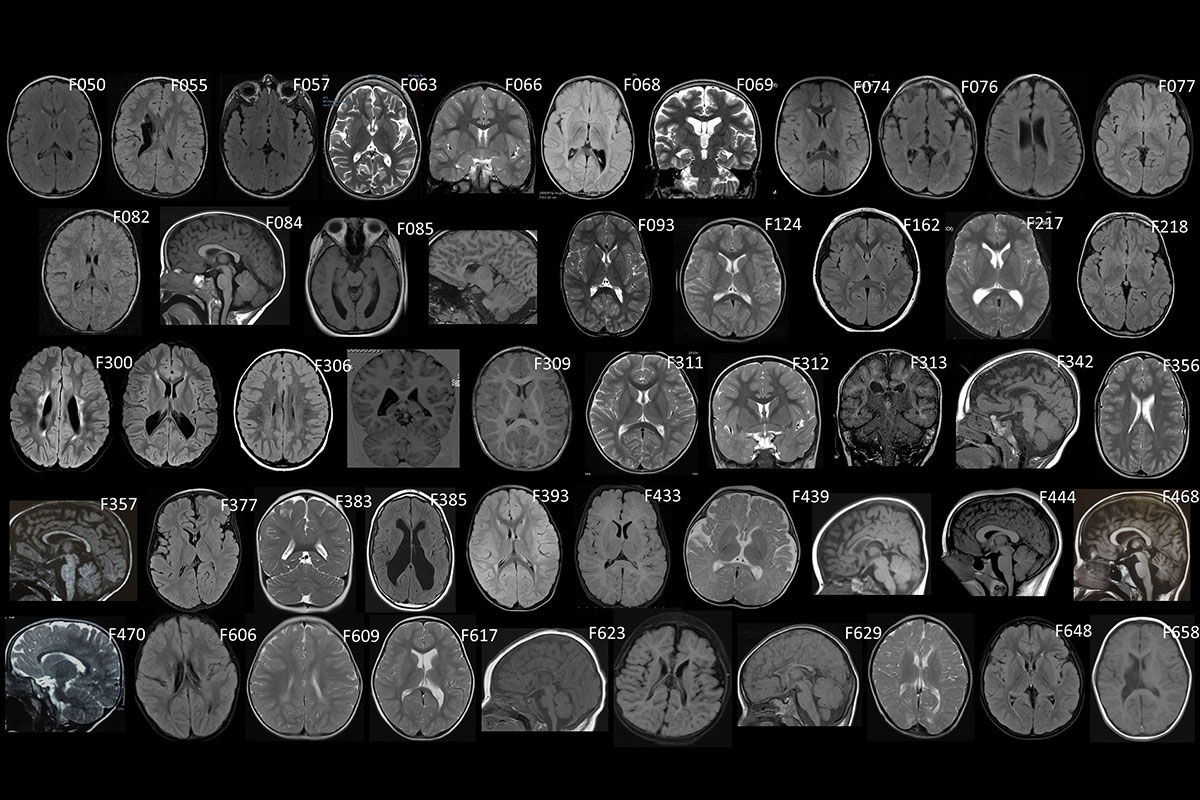
Cerebral palsy also has genetic underpinnings
Scientists have identified mutations in single genes that can be responsible for at least some cases of cerebral palsy, according to a new study led by researchers at Washington University School of Medicine in St. Louis. The study indicates that many of the mutations occur randomly and are not inherited from a child’s parents. The new knowledge could help improve the diagnosis of cerebral palsy and lead to future therapies.
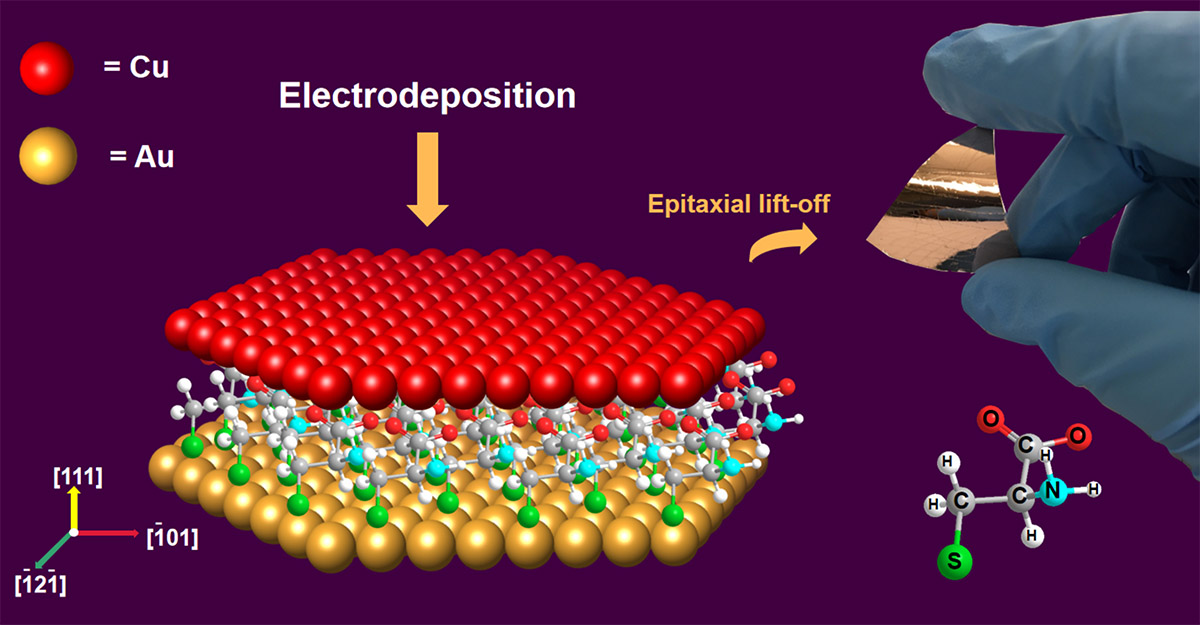
Researchers use amino acids to grow high-performance copper thin films
For the first time, researchers from Missouri S&T have shown that highly ordered copper thin films can be crystallized directly on a one-molecule-thick layer of organic material rather than on the inorganic substrates that have been used for years.The copper thin films they’ve produced are excellent candidates for use as underlying substances for solar cells, LEDs, and high-temperature superconductors, says Dr.

Aquatic hitchhikers: Using mobile technology to predict invasive species transmission
A new University of Washington study uses passive data from a fishing technology company to model the movement of anglers and predict where aquatic invasive species may be spreading.

World’s First ‘Pathoconnectome’ Could Point Toward New Treatments for Neurodegenerative Diseases
Scientists from the John A. Moran Eye Center at the University of Utah have achieved another first in the field of connectomics, which studies the synaptic connections between neurons. The National Institutes of Health (NIH)-funded lab has produced the first pathoconnectome, showing how eye disease alters retinal circuitry.
Eccles School Launches Postdoctoral Program in Entrepreneurship & Strategy
The Department of Entrepreneurship & Strategy at the University of Utah’s David Eccles School of Business launched a new postdoctoral fellowship program with the hire of Maria Kurakina, a young scholar with a Ph.D. from the University of California at Berkeley, Haas School of Business.
Study supports airborne spread of COVID-19 indoors
New research from the University of Georgia supports growing evidence for airborne transmission of COVID-19 in enclosed spaces.
Smart cruise control steers drivers toward better decisions
Smart cruise control, better human decisions. Michigan Tech engineers study how cars and trucks move cooperatively on the road, respond to each other’s environmental sensors and react as a group to lessen traffic jams and protect the humans inside.
Can Mobile Technology Offer New Pathways to Improve Recovery For Patients Who Experience Serious Traumatic Injuries?
Serious traumatic injuries are a health event that can begin a trajectory toward chronic health and social challenges. Research on patient outcomes following traumatic injuries establishes the pervasive nature of injuries’ long-term consequences in physical, psychological, social and economic well-being, which may persist months and even years after an injury hospitalization. In light of this research, emerging interventions have targeted enhanced and coordinated healthcare services to support recovery and address patients’ long-term rehabilitative needs.

Marine biodiversity reshuffles under warmer and sea ice-free Pacific Arctic
Climate warming will alter marine community compositions as species are expected to shift poleward, significantly impacting the Arctic marine ecosystem.

Exosome treatment improves recovery from heart attacks in a preclinical study
Research in pigs shows that using the exosomes naturally produced from a mix of heart muscle, endothelial and smooth muscle cells — all derived from human induced pluripotent stem cells — yields regenerative benefits equivalent to the injected human induced pluripotent stem cell-cardiac cells.

Where do certified geographic information systems professionals work?
A study on the characteristics and geographical distribution of those who have obtained GIS professional certification will help students and educators.

Second alignment plane of solar system discovered
A study of comet motions indicates that the Solar System has a second alignment plane.
VirScan offers new insights into COVID-19 antibody response
A tool designed to detect viral history in a drop of blood has gotten an upgrade in the age of COVID-19.
Students used their mobile phones for over 8 hours a day during lockdown
A recent study published by researchers from the University of Seville shows that university students make excessive use of their mobile phones.
New Mechanism for Anti-Infection Effects of Dietary Fiber
New research in mice has uncovered a previously unknown interaction between molecules derived from dietary fiber and an immune cell protein, which triggers protection against infection with Salmonella bacteria.
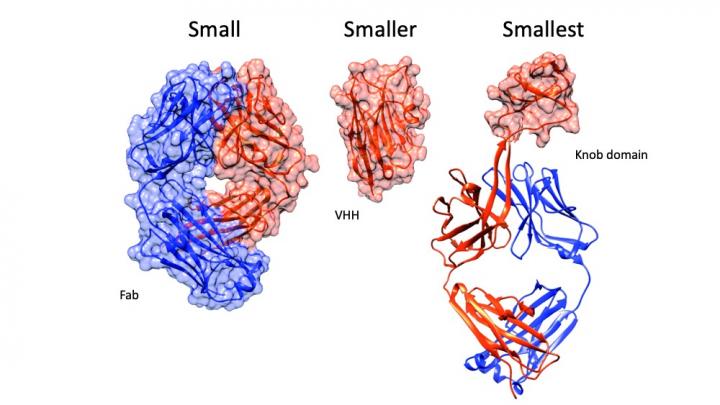
In a field where smaller is better, researchers discover the world’s tiniest antibodies
Researchers at the University of Bath in the UK and biopharma company UCB have found a way to produce miniaturised antibodies, opening the way for a potential new class of treatments for diseases.
Violent Video Games and Aggression: The Connection Is Dubious, at Best
A recent reanalysis published in the journal Perspectives on Psychological Science finds no clear link between video game violence and aggression in children.

New woodlands can help reduce flooding risk within 15 years
The planting of woodlands in upland areas could play a significant role in preventing the flash flooding which has increasingly affected communities across the world in recent years.
New genetic knowledge on the causes of severe COVID-19
Worldwide, otherwise healthy adolescents and young people without underlying conditions are sometimes severely affected by COVID-19, with the viral infection in the worst cases quickly becoming life-threatening. But why is this happening?
Can the common cold help protect you from COVID-19?
Seasonal colds are by all accounts no fun, but new research suggests the colds you’ve had in the past may provide some protection from COVID-19.
Sensational COVID-19 communication erodes confidence in science
Scientists, policymakers and the media should acknowledge inherent uncertainties in epidemiological models projecting the spread of COVID-19 and avoid “catastrophizing” worst-case scenarios, according to new research from Cornell University.
Achieving clean air for all is possible
A new study shows that it is possible to achieve clean air worldwide with fundamental transformations of today’s practices in many sectors, supported by strong political will.
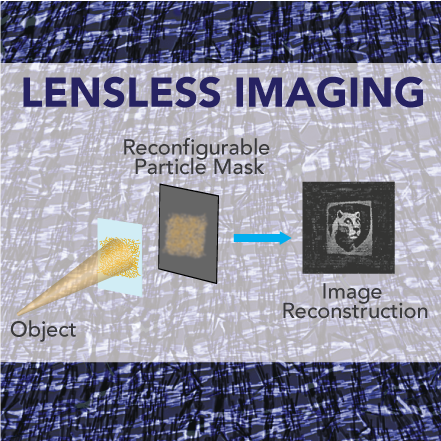
A Multishot Lensless Camera Could Aid Disease Diagnosis
A new type of imaging that does not require a lens and uses reconfigurable particle-based masks to take multiple shots of an object is being developed by researchers at Penn State.
Study finds pioneering dual surgery a safe option for patients with polycystic kidney disease
Patients with large polycystic kidneys in need of a kidney transplant can have their diseased kidneys safely removed laparoscopically at the same time as their transplant surgery. That is the finding of a Mayo Clinic study recently published in the American Journal of Transplantation.

Kawasaki Disease Is Not a Homogenous Disease nor are its Triggers
Researchers at UC San Diego report that while Kawasaki disease occurs in clusters, the traits, and thus the triggers of the inflammatory disease vary among clusters.

Finding Right Drug Balance for Parkinson’s Patients
Parkinson’s disease is most commonly treated with levodopa, but the benefits wear off as the disease progresses and high doses can result in dyskinesia, which are involuntary and uncontrollable movements. To better understand the underlying reasons behind these effects, researchers created a model of the interactions between levodopa, dopamine, and the basal ganglia, an area of the brain that plays a crucial role in Parkinson’s disease. They discuss their findings in the journal Chaos.

Evolution of Pine Needles Helps Trees Cope with Rainfall Impact
If you have been surrounded by the sight and smell of pine trees, you may have taken a closer look at the needles and then wondered how their properties are influenced by rainfall. In Physics of Fluids, researchers are currently probing how well pine needles allay the impact of rain beneath the tree. They explored the impact of raindrops onto fixed, noncircular fibers of the longleaf pine by using high-speed videography to capture the results.
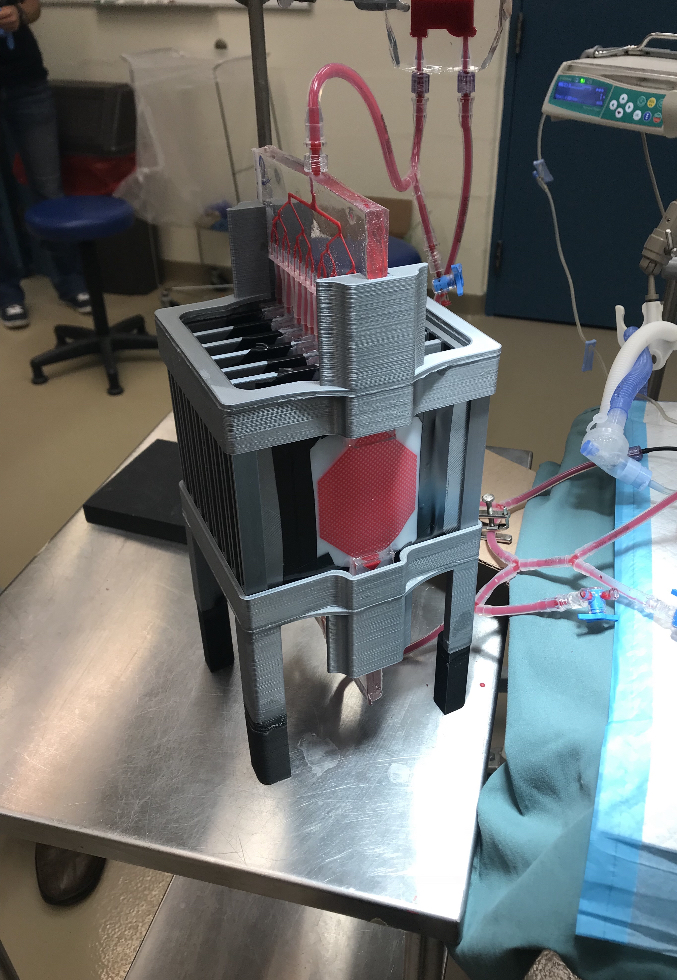
International research team develops articifial lung to support pre-term babies in distress
An international team led by current and former McMaster University researchers has developed an artificial lung to support pre-term and other newborn babies in respiratory distress.

Argonne researchers target lithium-rich materials as key to more sustainable, cost-effective, next-generation batteries
Researchers are developing new ways to advance lithium-rich batteries and using new materials for practical use, according to researchers with the U.S. Department of Energy’s Argonne National Laboratory.